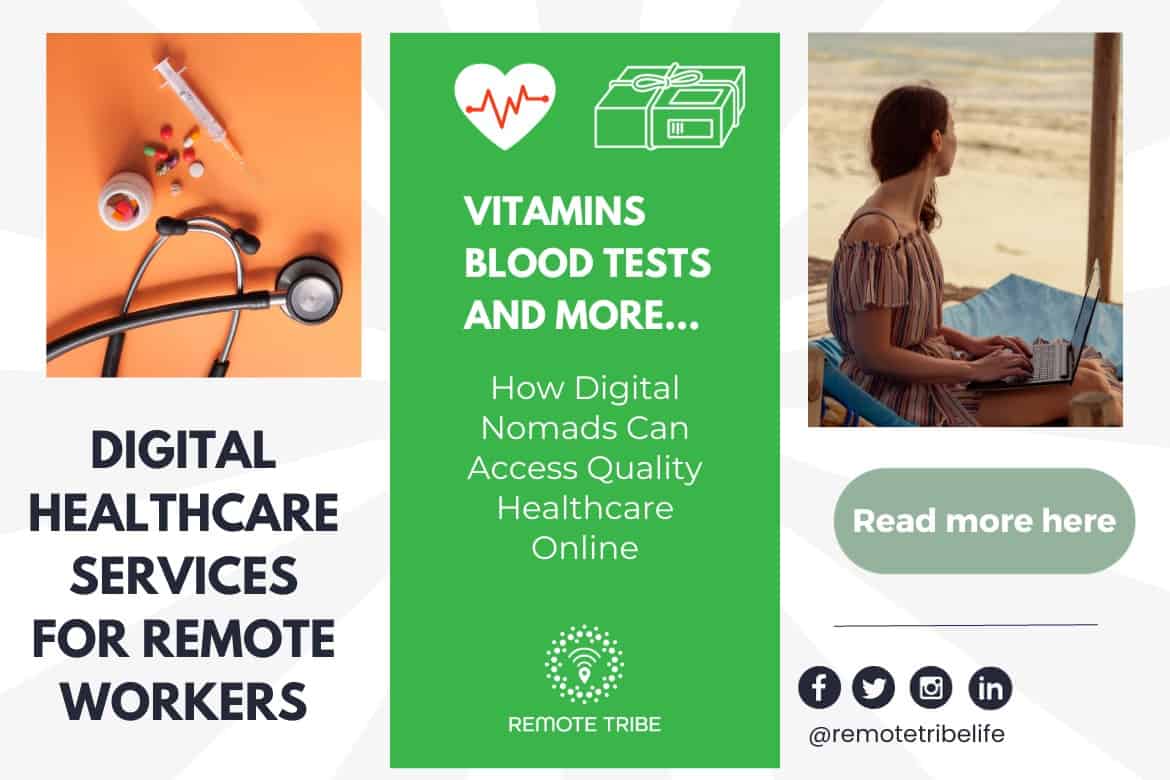Why Subscription Based Healthcare is Getting Popularity Among Patients Today
Why Subscription Based Healthcare is Getting Popularity Among Patients Today
Blog Article
Comprehending the Cost-Effectiveness of Subscription-Based Medical Care Designs
As the health care landscape progresses, subscription-based models emerge as an engaging alternative, promising to redefine exactly how individuals take care of clinical expenditures. Evaluating these models' cost-effectiveness requires a nuanced contrast with typical insurance coverage, taking into consideration both economic implications and client fulfillment. While they offer transparency and predictability in costs, questions continue to be about their ability to satisfy varied medical care needs, especially for specialized therapies. The viewpoints of medical care suppliers additionally complicate this formula, offering a complex difficulty. What does the future hold for these versions, and can they genuinely deliver on their promise of accessible, affordable treatment?
Review of Subscription-Based Versions
Subscription-based medical care models, sometimes described as straight medical care or concierge medicine, are significantly acquiring attention as a potential service to inefficiencies within standard healthcare systems. These designs operate on the concept of offering people straight access to medical care providers with a annual or regular monthly fee, bypassing the requirement for standard insurance devices. This arrangement aims to improve patient-provider interactions by reducing management problems, which commonly prevent individualized and prompt care.
At the core of subscription-based designs is the emphasis on a much more personalized individual experience. Patients gain from boosted access to their medical professionals, typically consisting of same-day or next-day visits, expanded assessment times, and straight interaction networks such as phone or video phone calls. This version fosters a positive strategy to healthcare, where providers and clients can collaboratively concentrate on preventative treatment and chronic illness management.

Expense Contrast With Standard Insurance Policy

One of the main financial benefits of registration designs is transparency in prices. Alternatively, standard insurance might be a lot more beneficial for people needing specialized care or pricey treatments not covered under a registration design, as they benefit from the wider coverage network and cost-sharing devices.
However, cost-effectiveness is context-dependent. While registration models may offer cost savings for those largely needing health care, people with chronic problems or specialized medical care needs may locate conventional insurance policy more extensive. Examining details medical care requirements and potential usage is vital in establishing the most cost-effective option for individuals.
Effect On Individual Contentment
Patient satisfaction within subscription-based healthcare models typically shows a considerable enhancement over standard insurance policy systems. This improvement is mostly credited to the individualized treatment and availability these designs use. Individuals often report higher complete satisfaction because of decreased wait times and the ease of organizing consultations. Unlike typical systems, where individuals may experience delays in receiving care, subscription-based designs make certain more direct and timely communications with doctor.
Additionally, the transparency in prices connected with subscription-based medical care eases the common frustrations associated to unexpected costs and complex payment processes seen in standard insurance (subscription based healthcare). Individuals appreciate understanding the exact monetary dedication upfront, resulting in raised count on and self-confidence in their healthcare administration
Additionally, the emphasis on preventative care read this post here and wellness in registration models adds to boosted health results, better enhancing individual contentment. By concentrating on continuous wellness maintenance instead of episodic treatment, people experience a more continual and holistic health care trip.
In addition, the enhanced provider-patient connection promoted in these versions, identified by more time spent per client and individualized focus, plays a crucial role in raising client fulfillment degrees, as people feel genuinely cared for and understood.
Supplier Viewpoints and Experiences
From the provider's viewpoint, subscription-based healthcare models offer a transformative approach to delivering medical solutions. These versions stress a preventative and aggressive medical care method, enabling suppliers to concentrate on detailed individual care without the constraints of traditional fee-for-service setups (subscription based healthcare). This change in focus typically results in improved person end results and boosted company complete satisfaction, as healthcare specialists can designate more time and resources to person interaction and personalized treatment plans
Furthermore, registration versions help with predictable earnings streams, which improve financial security for health care service providers. This predictability enables enhanced resource preparation and allotment, adding to a much more efficient medical care shipment system. Providers can buy staff innovation, training, and framework enhancements, thereby improving the top quality of treatment provided.
Nevertheless, the shift to subscription-based designs is not without obstacles. Regardless of these difficulties, several providers find that the benefits of increased patient interaction and streamlined operations outweigh the initial challenges, making subscription-based models an attractive option.
Future Potential Customers and Difficulties
A primary obstacle is regulative compliance, as registration models have to abide by evolving medical care policies and insurance demands. This necessitates continual adaptation and technology to make sure alignment with lawful standards. Furthermore, integrating these designs into existing health care infrastructures can be complicated, requiring considerable financial investments in innovation and training.
There is additionally the prospective threat of creating injustices in medical care gain access to, as registration models may prefer those who can manage them, leaving at risk populations underserved. Resolving this requires thoughtful consideration of rates strategies and subsidy systems to ensure inclusivity.
Final Thought
Subscription-based healthcare designs offer a viable option to typical insurance by providing economic predictability and openness, particularly benefiting individuals with persistent problems or frequent healthcare requirements. The cost-effectiveness of these models rests upon specific medical care usage patterns and conditions. While they may enhance patient contentment and enhance budgeting, obstacles stay in addressing specialized treatment requirements. Future considerations include stabilizing comprehensive protection with cost and integrating these designs within the wider health care system for ideal results.
Subscription-based healthcare versions, often referred to as straight key treatment or attendant medicine, are discover this info here progressively getting interest as a potential remedy to ineffectiveness within conventional healthcare systems. Unlike standard systems, where patients might experience hold-ups in obtaining treatment, subscription-based designs guarantee more direct and prompt communications with medical care suppliers.
These versions highlight a preventative and proactive healthcare approach, permitting carriers to concentrate on thorough individual treatment without the restraints of standard fee-for-service arrangements. As these versions proceed to navigate here gain traction, they provide the prospective to reinvent patient accessibility to care, improve solution distribution, and maximize healthcare costs.Subscription-based health care models offer a feasible choice to traditional insurance by offering economic predictability and transparency, especially benefiting people with chronic problems or frequent medical care needs.
Report this page